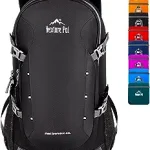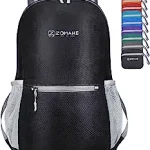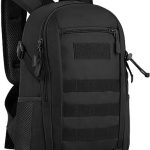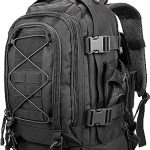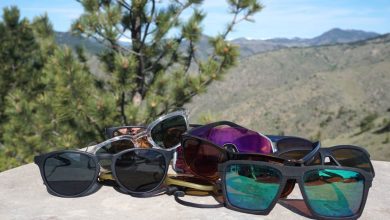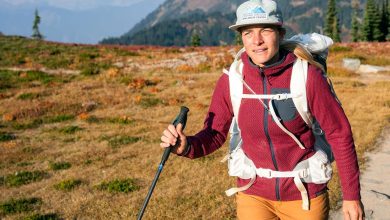5 Best Hiking Daypack: Things You Need To Know About Daypack

The youngest member of a backpack’s family tree is a daypack. They have a size ranging from 1200 to 2500 cubic inches or around 20 liters to 40 liters. In contrast, a normal hiking backpack size starts from 30 to 50 liters.
Another thing that sets hiking daypacks different from other backpacks is that they don’t have an internal frame as support. Because of this, a hiking daypack can only support 20 to 25 pounds of weight. Further, daypacks are often designed for carrying a specific gear or performing a special activity like a short day hike.
All these differences in the world of backpacks can be quite confusing. So, to make choosing the best hiking daypack easier, we have this amazing article for you. Here we will answer all your burning questions that you might want to know before purchasing your next best hiking daypack.
What is the difference between a backpack and a daypack?
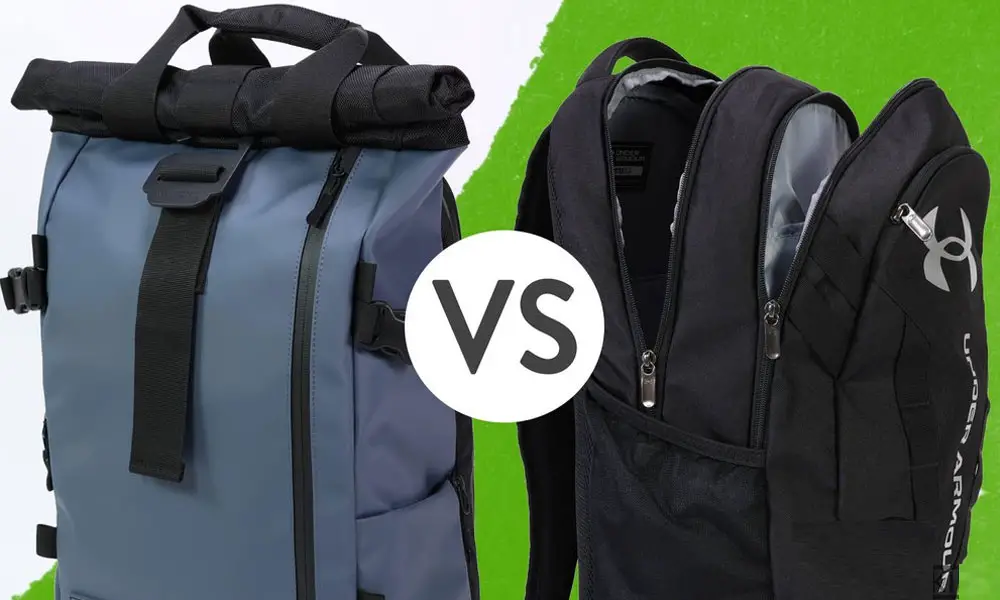
Before purchasing any hiking daypack, the first thing is to know the difference between a backpack and a daypack. Then, only you can buy your ultimate best hiking daypack. There are so many options in the market; differentiating between them can be daunting, and we are here to help. Now, shall we?
Okay, let us first say that a daypack is also a backpack. Any bag that is supported and held from its shoulders is a backpack. But the main difference between a backpack and a daypack is that a daypack is lighter and smaller. So, they are most suitable for carrying lighter things and are perfect for a short hike during the daytime.
The price range is another main difference between a daypack and a backpack. While a backpack will cost more, a daypack is much cheaper due to its small size. Also, they have no internal frame, so they do not provide any back support.
Daypacks are suitable for hiking and daily use as a stylish bag you can carry while going through a city.
5 Best Hiking DayPack
How many liters should a daypack be?
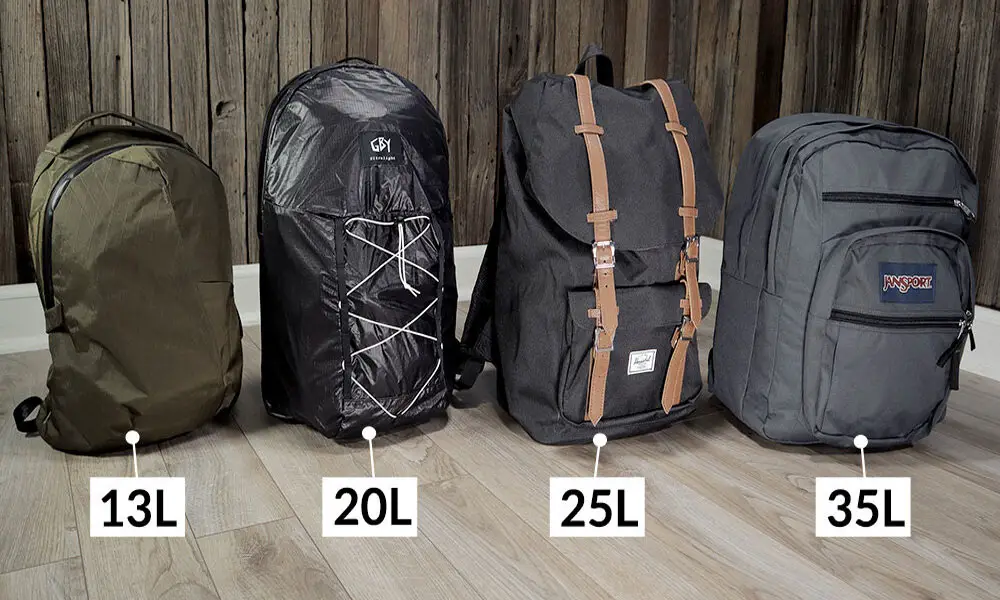
There are many variations in the number of liters a daypack can hold. To choose the best hiking daypack, you must know the capacity of these daypacks according to where you are going and what you need. Any size of daypack you choose must adhere to all the gear you need, any food or drinks you want to take, and other necessary hiking essentials.
The 36 Liters to 50 Liters Daypack
If you are going to do adventurous tasks like mountaineering, climbing, and hiking on days other than summer, then the 36- to 50 liters day pack would be perfect for you. Also, if you have children, carrying this backpack will allow you to carry all the necessities your child might need. It can also be used for overnight stays if you carry the ultimate lightweight gear.
The 21 Liters to 35 Liters Daypack
If you want a universal liter for your daypack, go for the 21- 35 liters daypack. If you are a reader, it can carry all the necessary items like food, clothes, a camera, and even a book. It is also the best hiking daypack that caters to your every need.
The 11 Liters to 20 Liters Daypack
For the runner, traveler, hiker, and mountain biker inside, you get the 11-20 liters daypack. These daypacks also have some extra pockets to organize all your necessary equipment. It also allows you to carry food, extra clothes, and gear you might need.
The 10 Liters of Less Daypack
If you go for a run, road biking, or short hikes, purchase 10 liters or fewer daypacks. It helps you carry the ultimate necessary gear and equipment, protein bars, and keys, thus being the ultimate lightweight daypack.
What is the best size pack for a day hike?
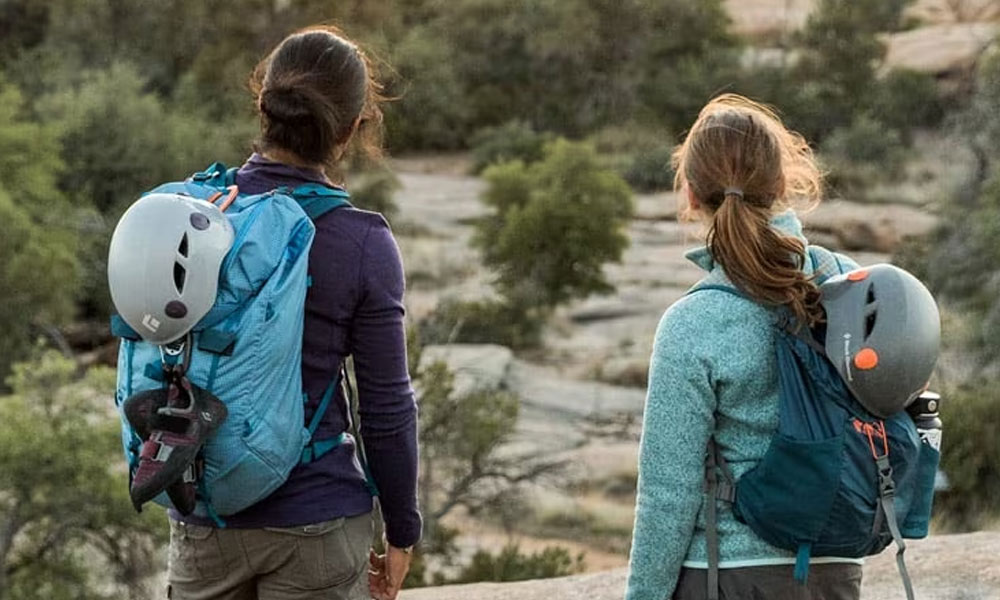
After knowing the various liters’ capacity of your daypacks, you might want to know the ultimate size that would be perfect for a short day hike. So, for choosing the best hiking daypack, we recommend you invest in 10 and 25 liters capacity daypacks.
The 10 and 25 liters daypacks will carry all your ultimate day hiking necessary items. It can easily carry your water bottles, food items if you wish to go for a picnic, sunscreen, and a light jacket too.
What is the most comfortable daypack?
Many brands are serving comfortable daypacks. These daypacks are so comfortable that you cannot feel them wearing them. So, we have brought a checklist for you that contains what makes a daypack comfortable so you can choose the best hiking daypack for your next great trip.
- Zippers, preferably dual, to get to the main compartment.
- Airflow channels wick moisture, sweat and create breathability.
- Compression straps on the lower side secure your load to your body.
- Various pockets to organize all your necessary gear, equipment, water bottles, etc.
- Ample front panel storage.
- Hipbelt pockets to store knickknacks.
- Harness pockets to store the climbing harness securely.
- A hydration sleeve or hydration reservoir is attached.
- Trekking pole attachment to keep your poles safe while not using them.
- Ice ax attachment place.
- Bike helmet attachment place.
- Light attachment, but it is optional.
- Hip Belts, shoulder straps, and repositioned pockets.
Does a daypack need a hip belt?
If you carry a very lightweight load on your daypack, a daypack without any hip belt will do the trick. However, if you carry a daypack with a lot of weight, you need a hip belt. So, here we will discuss the need for a hip belt for your ultimate best hiking daypack.
The first main question is, what does a hip belt do? A help belt helps you to distribute the weight that only your shoulder experiences to the lower parts of your body or hips. Since most daypacks do not carry a lot of weight and are used for smaller day hikes, they mostly have waist belts instead of hip belts.
A waist belt helps to stabilize the load on your back and keeps your daypack from bouncing wildly as you are hiking, walking, running, or biking. Finally, we can say that if you intend to carry a lot of weight on your daypack, then choose the ones with a hip belt. But if you are carrying only the necessity then only a waist belt will suffice.
What size is a carry-on for a daypack?
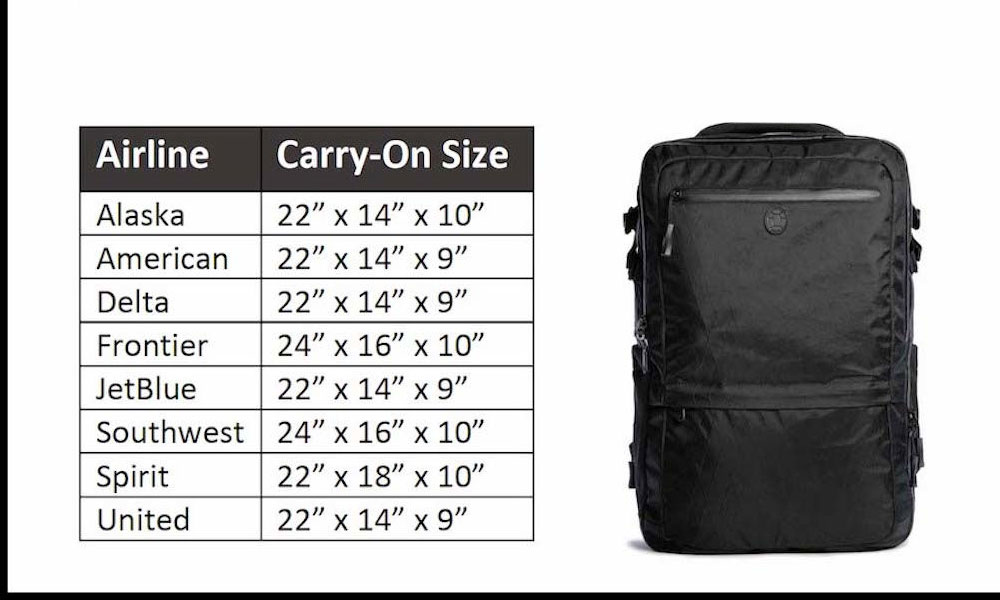
Carry-on refers to the bags that are used while boarding an airplane. These bags are allowed to carry with you but have certain shape and size restrictions. Plus, what you can carry inside them also plays an important role in carrying a carry-on in an airplane. So, knowing the right size of daypack to carry as a carry-on is also important for choosing the best hiking daypack for you.
First is to know whether the airline you fly on allows a daypack as a carry-on. Airlines have different rules; some may not allow a daypack as a carry-on. So, check beforehand with your airline whether you can carry a daypack as a carry-on.
Next, if your airline allows the airline to carry a daypack, check the bag’s dimensions before carrying it. Most of the time, the dimension of your daypack must be according to the dimension of the cabin baggage. A cabin baggage dimension is usually around 22 x 14 x 9 inches or 56 x 36 x 22 centimeters.
The final thing, along with the dimension of the daypack, is the weight of your daypack. Usually, carry-ons must weigh between 10 kg or 22 lb to 7 kg or 15 lb.
What do you put in a daypack?
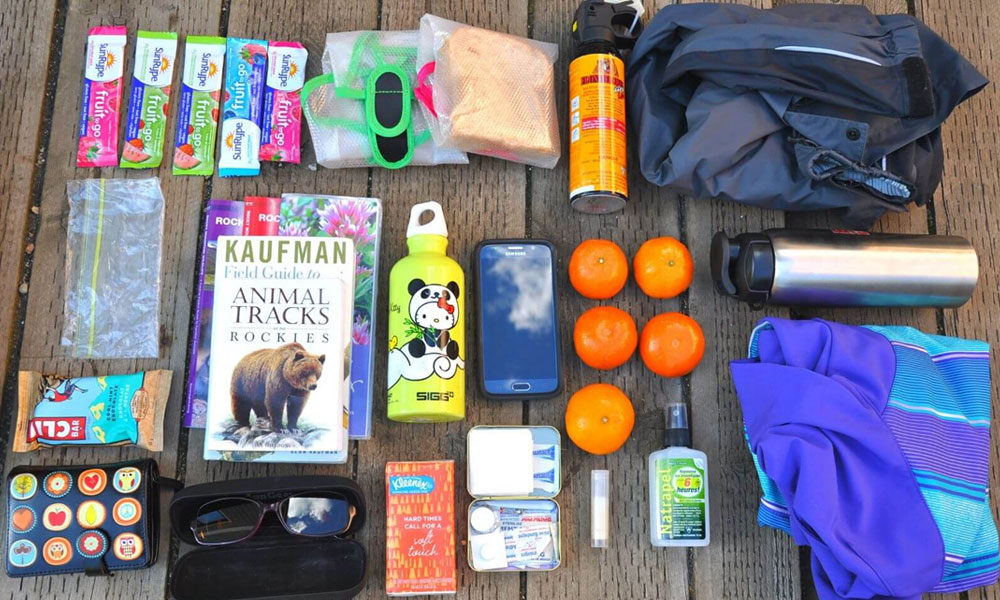
To make the best hiking daypack, there are some things you must carry in your daypack whenever you are going for a short adventurous trip.
- A Water Bottle
- An Extra Pair of Socks
- Waterproof Jackets and Trousers
- Lunch
- A Hot Water Flask
- Trekking Poles
- Rain Cover for Your Daypack
- Spare Change of Clothes
- Camera and Other Required Equipment
Whenever you are packing for a daypack, you must remember the weight ratio. According to the weight distribution system, you should keep heavier items on the bottom and lighter items on the top.
Now, let us look at some important steps. You can follow in packing the ultimate best hiking daypack.
Step 1
Line your hiking daypack with a rucksack liner or even a washed and dried plastic bag that protects against moisture seeping inside your daypack.
Step 2
Pack your spare clothes at the bottom. Also, while packing your spare clothes, seal them inside a waterproof bag so they do not get wet.
Step 3
The next step is to pack your hydration pack or water bottle. If you take your water bottle with you, then packing it out in one of the mesh pockets is preferable. However, if you carry a hydration pack, pack it now and not near sharp objects.
Step 4
Now you must pack things you need during your hike, but only after a period of time. For example, your lunch, first aid, cameras, and socks.
Step 5
This step will include rain covers and raincoats if it is rainy or wet season and is likely to be wet. So, packing this at the top will ensure you don’t soak your daypack and yourself.
Step 6
Now is the time to store things outside your daypack. Your water bottle, flasks, ice ax, trekking poles, sunscreen, and goggles will now be placed in their places in your daypack.
So, this is all about choosing the best hiking daypack for your next great hike.
Happy Adventure!
